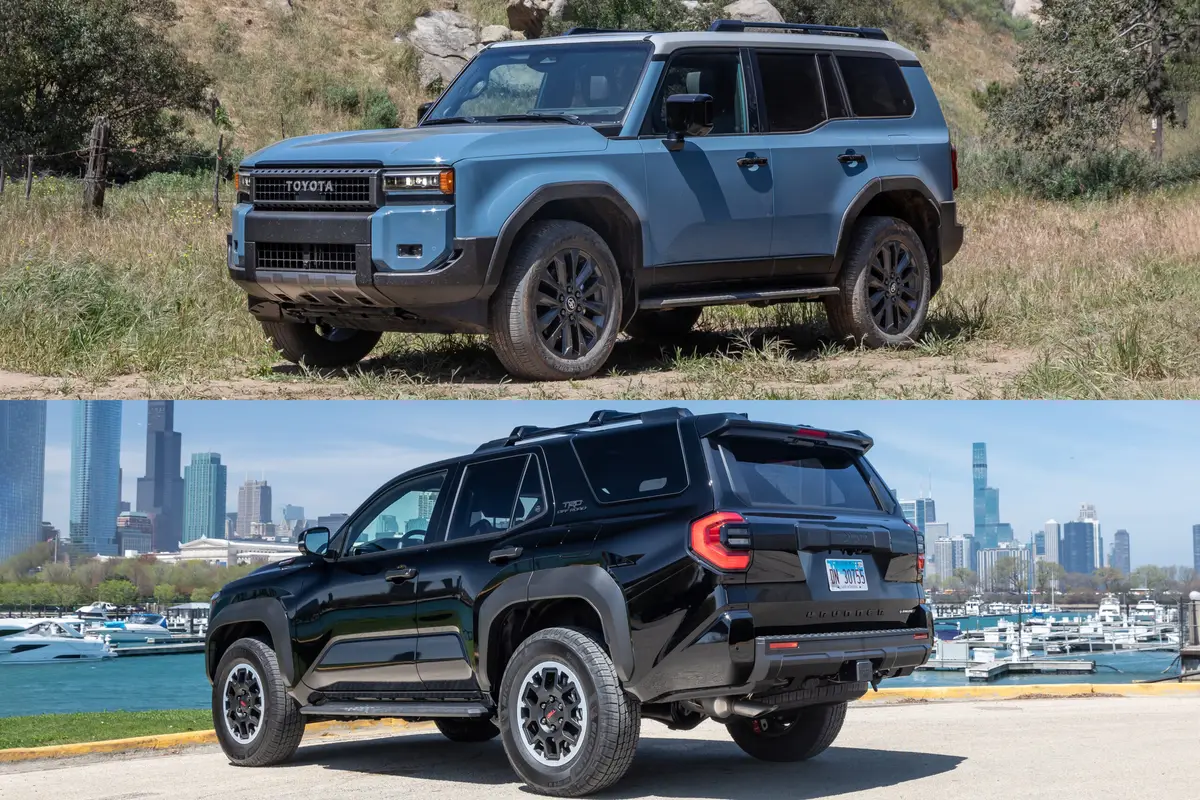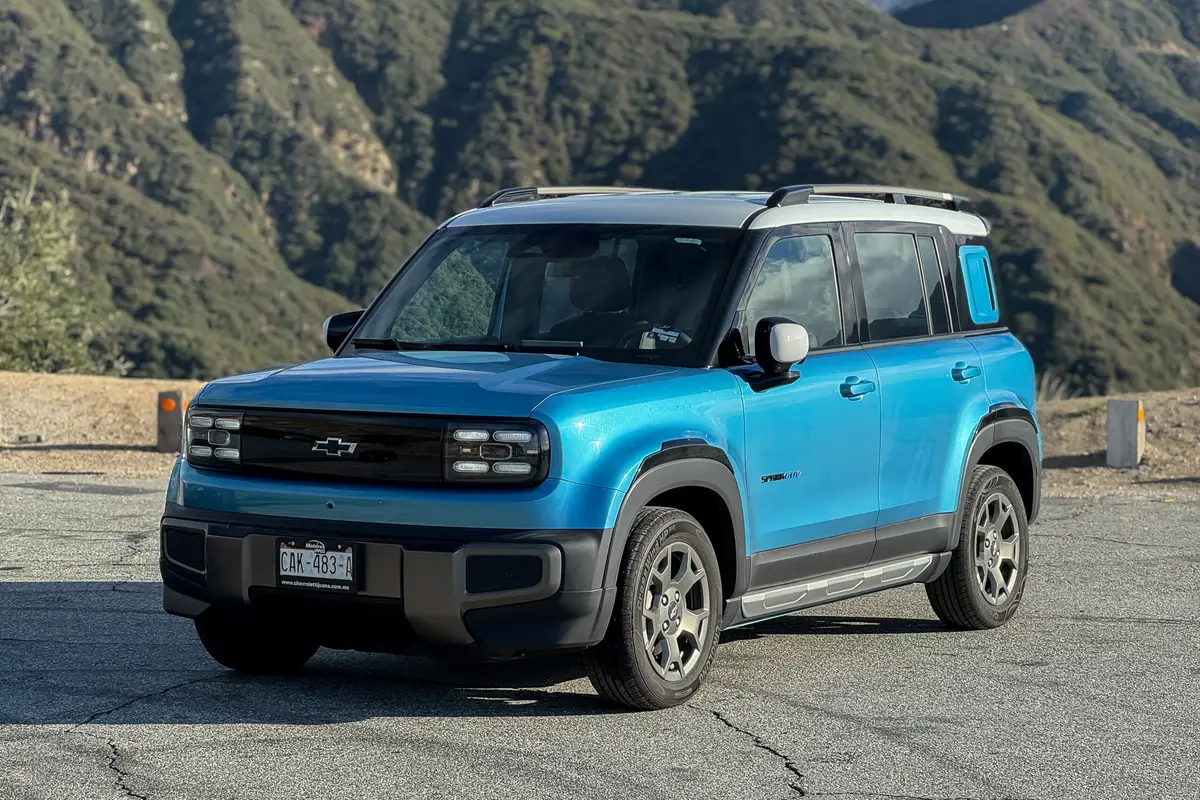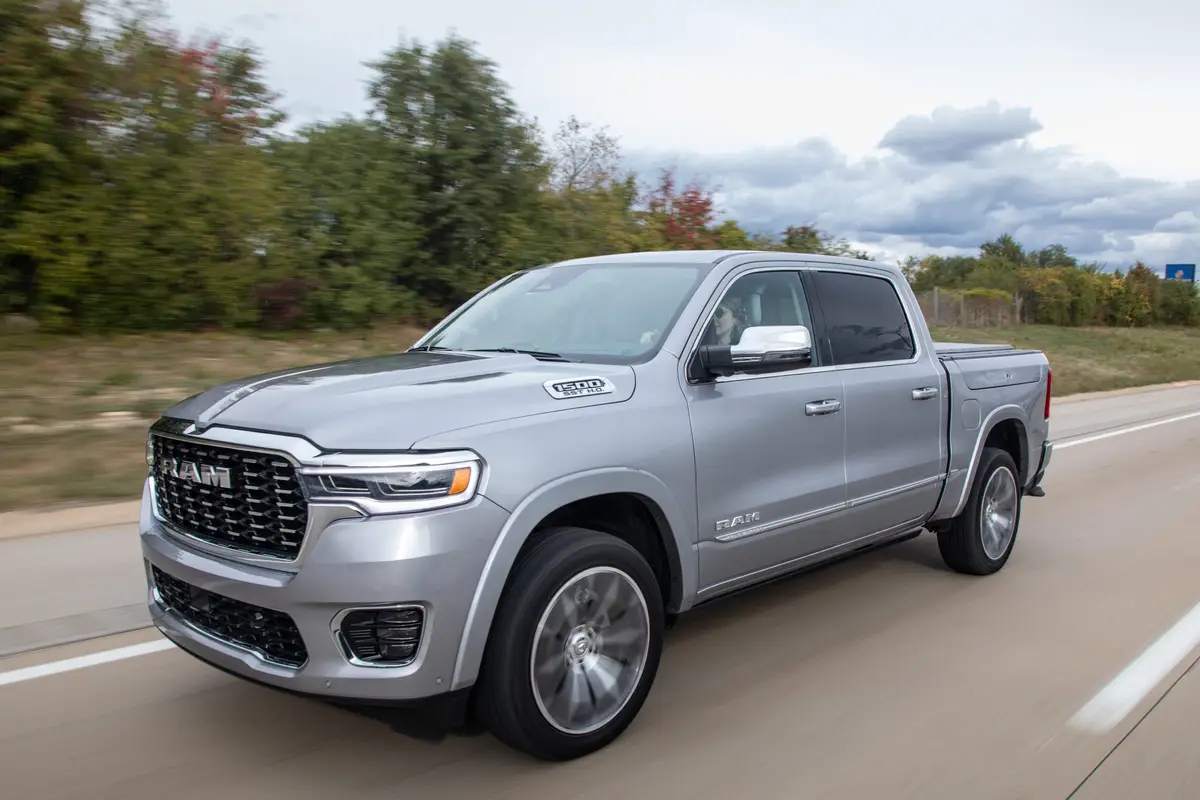The Morning Call and Mcall.com's view
The latest recipe for luring young buyers is as old as the hills. Take an economy model, juice it up with power, handling and body modifications and you can have a whole segment of vehicles such as the Ford Focus SVT, Mazdaspeed Protege, Subaru WRX and Dodge Neon R/T.
Mitsubishi already has a model in this class, the Lancer EVO, produced by its in-house racing team, Ralliart.
So it’s curious that for 2004, the Ralliart name hasn’t been attached to the 271-horsepower EVO, but to a new mid-level Lancer model.
If a fire-breathing World Rally car is too much for you or your wallet, then the Lancer Ralliart may be the answer.
While the EVO starts at just under $29,000, the Lancer Ralliart starts at about $11,000 less.
However, rather than the EVO’s intercooled turbo-charged two-liter four-cylinder engine that boasts 271 horsepower, the Ralliart gets the 162-horsepower 2.4-liter four-cylinder that powers the Mitsubishi Galant and Eclipse. That’s better than the base Lancer’s 120-horsepower four-cylinder and enough to make the Ralliart very interesting.
The test vehicle was a pre-production model.
Power is smooth, and there’s enough of it to squirt through rush hour traffic or make quick entries onto highways. Low-speed oomph is impressive and smooth.
When available later this year, the Ralliart can be had with either a five-speed manual or four-speed automatic transmission. Mitsubishi uses the EVO’s manual shifter in the Ralliart, and the clutch has been strengthened to handle the engine’s extra torque.
With sports car handling and a stiff body structure, carving corners is quite fun. Body lean is minimal.
While noise levels are typical of the pocket-rocket league, most drivers won’t mind the engine’s pleasant notes.
Braking is strong, courtesy of discs at all four corners along with electronic brakeforce distribution (to ensure even braking in panic stops) and anti-lock brakes.
As part of the Ralliart package, Mitsubishi adds stiffer springs and a larger rear stabilizer bar and larger wheels and brakes over the standard Lancer.
Of course, the Ralliart comes with the requisite body kit and spoilers.
The front of the vehicle incorporates a look first seen on the EVO.
Inside, sporty bolstered bucket seats, clad in black and red trim, add to the already excellent Lancer interior. The simple dashboard is easy to use. Plastics are typical for the class and appear well-assembled.
The Lancer has a spacious feel that belies this car’s size. Trunk room is ample and it is shaped usefully.
Prices were not announced when the vehicle was test-driven, but Mitsubishi expects prices to start at $18,000.
While the Mitsubishi Lancer Ralliart may not have the EVO’s fire-breathing performance, neither does it have its upper range price. Yet it does have enough performance to satisfy an enthus iast with a champagne taste on a beer budget. Like yours truly.
Latest news



